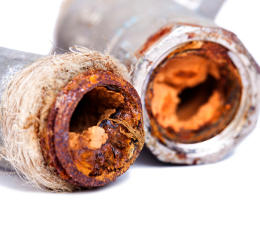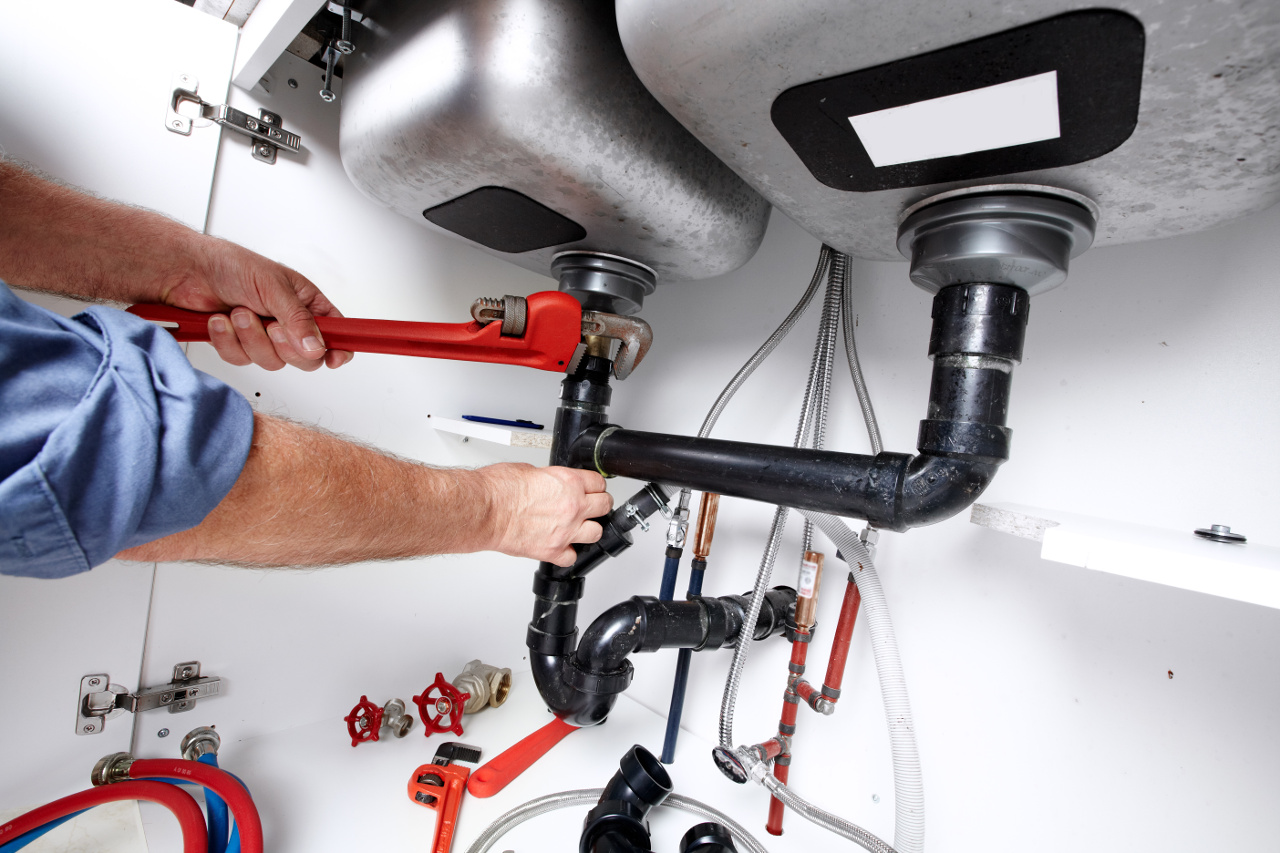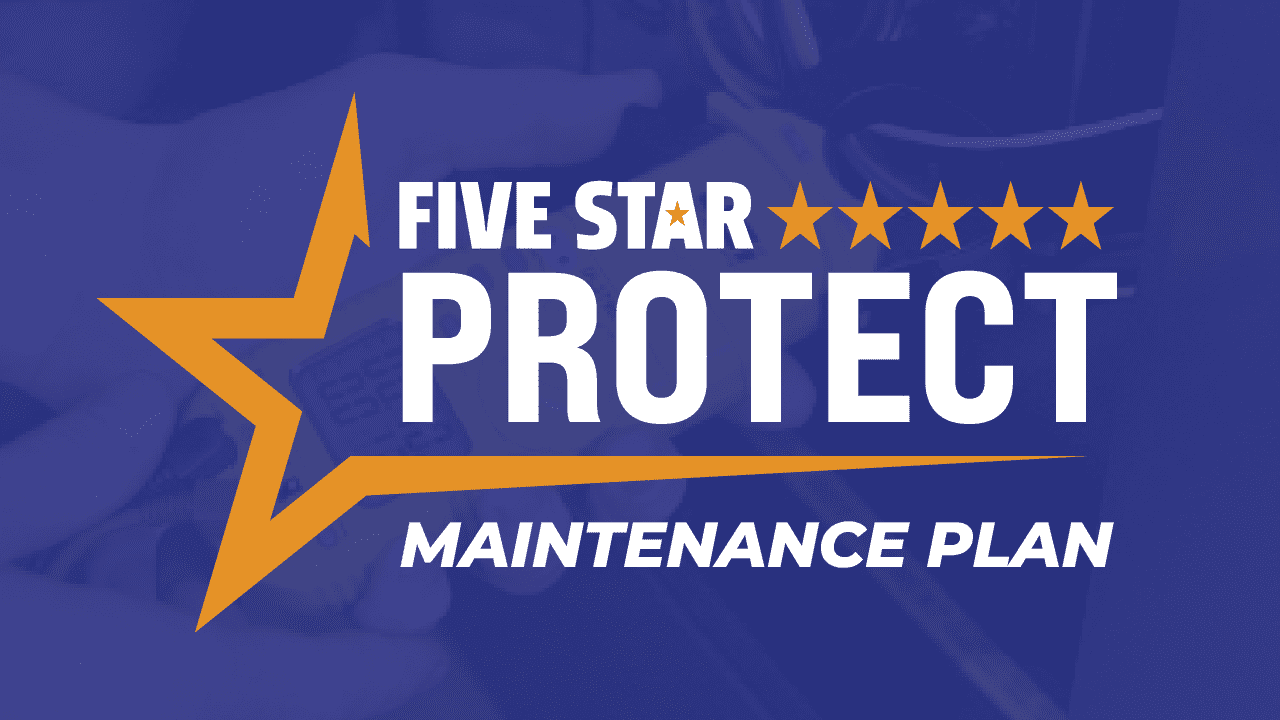
One of the most common plumbing problems is a clogged drain. A drain clog in your kitchen, bath or elsewhere starts out as inconvenient or messy, but if you don’t do anything to remedy the clog, it could result in a big bill with your plumber. Clogs are one of the most common and frustrating plumbing problems, but we all want a working drain that is free from clogs. To be free from plugged up or backed up drains, you need to understand what causes this plumbing problem in the first place.
Often your clog has accumulated slowly overtime until it results in drain stoppage. When your bathroom sink becomes clogged, it is often due to residue and hair. The drain pipe accumulates a residue along the inside of the pipe that causes hair and lint to stick to the inside of the pipe instead of continuing on down the drain. This residue build up is cause by soaps, toothpaste, shaving cream, lotion, and all the other assorted grooming products that end up getting rinsed away. When you turn on your faucet and rinse these things down the drain, there is always a little bit that ends up left behind, slowly trickling and dripping down the drain, and these products will dry to the pipes. Almost every time the tap is turned on, we add to this debris and over time this can come to form a clog.
To prevent a clogged bathroom sink or a clogged bathtub drain, try to limit the amount of products you wash down it. After shaving, instead of rinsing any hairs left in the basin into the drain, consider wiping them out and disposing of them in the trash. There are also plastic and metal mesh covers and catchers that can be used to prevent hair and other debris from going down the drain in the first place. Just be sure to empty these out regularly as well, as these can slow water exiting the basin as they accumulate hair and products.
Sometimes your bathroom sink drain or your bathtub isn’t really clogged at all. Your drain stopper could be restricting water flow. Sometimes this built-in stopper doesn’t extend high enough to allow the water to pass through quickly. Before diagnosing a clogged drain, test how long it takes the sink to drain. Close the stopper and fill your sink with water to a certain level and time how long it takes the sink to drain completely when you open the stopper. Then close the stopper and fill the sink again; this time remove the stopper from the sink altogether and time how long it takes for the sink to drain. If the drain is indeed not clogged, the water should empty from the basin twice as fast. If the stopper is adjusted to sit up higher or removed altogether, the problem will be solved.
A clogged toilet drain is another common problem. Your clogged toilet can be caused by excessive toilet tissue use. Occasionally the clog is caused by a foreign object being flushed down the toilet. Sometimes the clog is caused by a more extensive problem further down the toilet.
To prevent a toilet clog, try to limit the amount of toilet tissue used. Also be sure not to flush any foreign objects or feminine hygiene products down the drain. Make sure that your toilet is also filling all the way up; if the bowl water level is unusually low, this could make your toilet drain more prone to clogging.
Kitchen sinks can clog too. Instead of products and hair, food and foreign objects often are the culprit. Use a strainer over your drain to keep food and other items from going down the drain in the first place. If you have a garbage disposal, be sure to use it regularly, as disuse will make it lock up and become ineffective when you truly need it.
While clogged drains are common, they need not be. A little planning and diligence can help prevent clogs, and some of the ways to do that have been mentioned here. Prevention is the best way to deal with a clog; they are easiest to remedy when they don’t happen at all.





